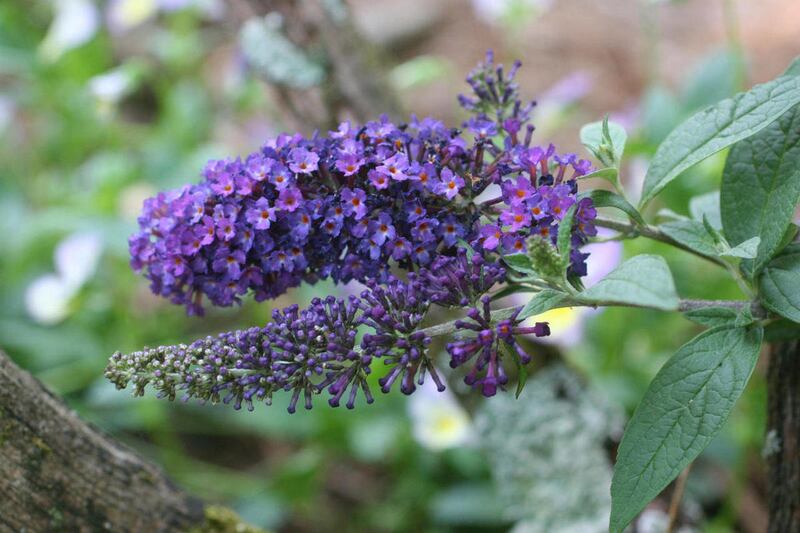Planting season has begun across the United States. When planning your garden or landscaping for the season, it is important to be aware of which plants could potentially be dangerous to the environment, or even illegal to plant in your state.
What is an invasive plant? According to the U.S. Forest Service, invasive plants are species that are nonnative to an area and are likely to cause harm to economic, environmental or human health.
- Invasive plant species are successful because they produce large quantities of seeds, which are easily distributed by birds, wind or even human behavior.
- Invasive plants are usually hardy and have aggressive root systems that could potentially disturb the growth of nearby plants.
What’s so bad about invasive plants? The U.S. Forest Service states that invasive plants “change nature’s balance on which all species depend.”
- The Forest Service reports that these plants have “contributed to the decline of 42% of U.S. endangered and threatened species,” and for 18% of those endangered species, invasive plants have been the very cause of their decline.
- Invasive species pose a threat to native plants, stand as competition for sunlight, moisture, nutrients and space, and can decrease overall plant diversity.
- Invasive plants can harm wildlife habitats and result in poor quality agricultural land.
- They have also been reported to degrade water quality and increase soil erosion, the Forest Service reports.
What can you do to help? Invasive plants vary from state to state. What’s considered perfectly fine in one state could be invasive and possibly illegal in another state. To ensure you aren’t planting or spreading any invasive plants, check the U.S. Department of Agriculture’s invasive species list for your state.
According to the Forest Service, here are some ways you can stop the spread of invasive species:
- Avoid picking flowers of noxious weeds and taking them home, and avoid picking any unidentified wildflowers.
- Drive only on established roads and trails to avoid spreading weeds through your tires.
- If you have any livestock, make sure their food is certified weed-free.
- Don’t camp or drive in areas infested with weeds.
Alternative growing options: Some invasive plants were first introduced to the United States for ornamental and decorative purposes, and some of them can be very pretty. Here is a list of some common invasive plants, and their safe, native alternatives, provided by The Associated Press:
- Invasive: Winged burning bush.
- Native alternative: Northern high bush blueberry or black chokecherry.
—
- Invasive: Miscanthus grass.
- Native alternatives: Little bluestem or prairie dropseed.
—
- Invasive: Butterfly bush.
- Native alternatives: California lilac or the white-blossomed wild hydrangea.
—
- Invasive: Scotch broom.
- Native alternatives: Mormon tea or the California flannel bush.
—
- Invasive: Rugosa rose.
- Native alternatives: Arkansas rose, California wild rose, Carolina rose, Rosa Virginiana, Rosa woodsii, and prairie rose.
—
- Invasive: Chinese wisteria and Japanese wisteria.
- Native alternative: American wisteria.
—
- Invasive: Japanese barberry.
- Native alternatives: American beautyberry, winterberry holly or red barberry.

